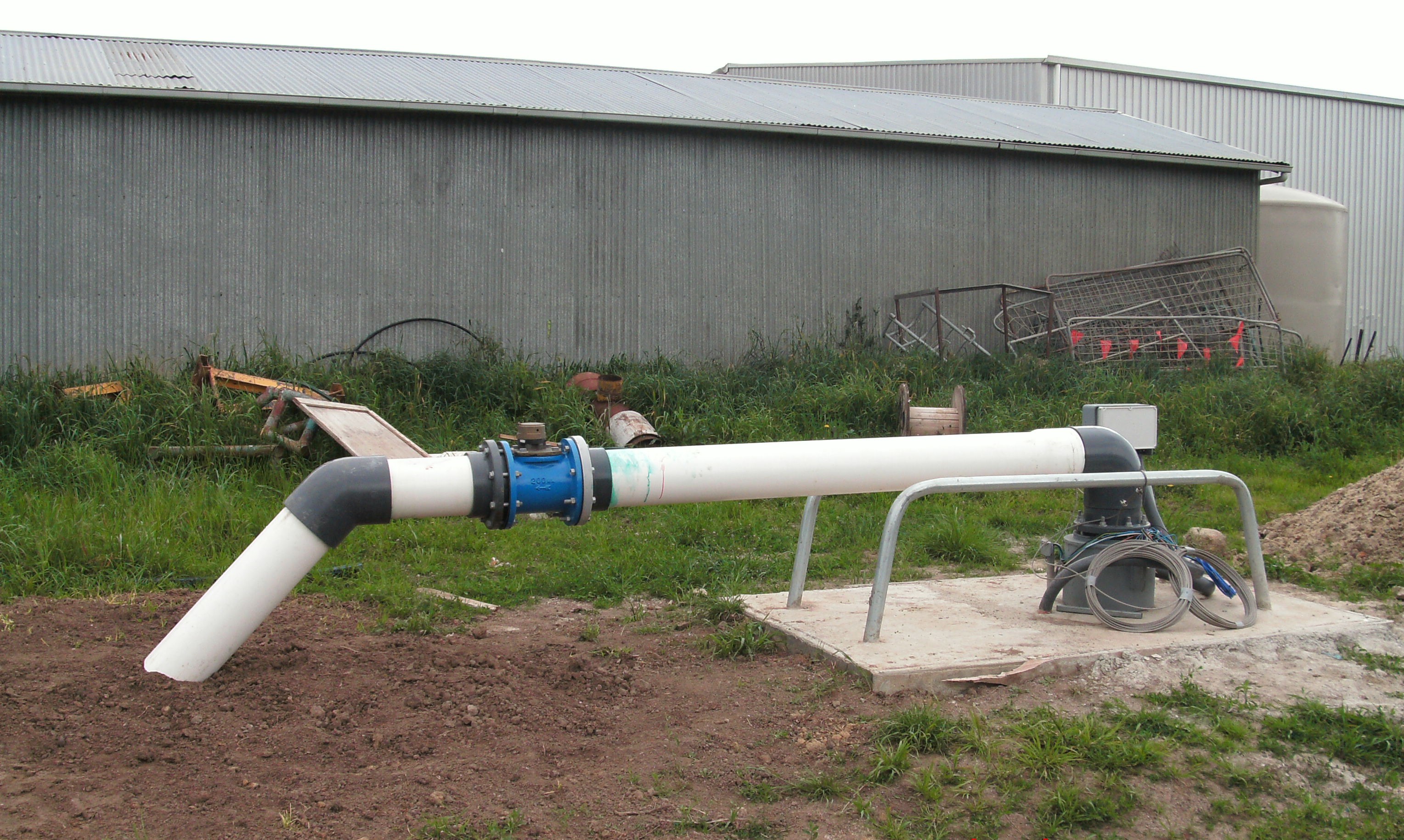Why metering is vital
Metering is an important part of water management.
It allows:
- water to be managed efficiently and flexibly
- water to be shared equitably
- an accurate record of water usage
- improved compliance with licence volumes.
Southern Rural Water reads all meters at least twice per year (between 1 July and 30 June). We would like to remind water entitlement holders they are responsible for managing their water use and should regularly read their water meter to monitor use against their entitlement.
Southern Rural Water proactively monitors customer account balances through our metering, telemetry and inspection programs. We have zero-tolerance approach to non-compliance. Any unauthorised water take identified will be investigated and customers who don’t correct their negative balance in their Allocation Bank Account will be penalised or prosecuted.
How to read your surface or groundwater meter
There are many types of water meters in operation that record groundwater and surface water use in megalitres, cubic meters or kilolitres. Your entitlement is listed in megalitres on your water licence, so readings need to be recorded in megalitres. This means some meter reads will need converting to megalitres. Watch our video on how to do this.
The size of your meter in millimetres typically determines what calculation you’ll need to convert the reading to megalitres.
Readings from meters with meters cubed (m3) or kilolitres on it will need to be divided by 1000 to convert to megalitres.
Readings from meters with x 10 m3 on it will need to be divided by 100 to convert it to megalitres.
Meter reads should be recorded to one decimal place only. Don’t round reads up or down. For example, a meter reading of 123.456 should be entered as 123.4 megalitres.
Maintaining access to meters
Southern Rural Water reads surface water and groundwater meters during the summer and winter months.
A safe, accessible meter site ensures we can read, maintain, or fix your meter quickly – allowing you to remain compliant with your licence conditions.
We have powers under the Water Act 1989 (Section 133) to enter property to read meters.
If we can’t access your meter, we may ask you to clean the area and make it safe.
Biosecurity and meter access on farms
We want to help protect your property from pests, diseases and weeds. Please ensure your biosecurity signs have appropriate contact details or office locations so we can follow your biosecurity protocols when accessing water meters.
It is an offence to tamper with a meter. Please check with Southern Rural Water before starting any works or upgrades to your meter or pump installation as changes may affect the meter selection.
-
How to help us access your meter safely
To help us read your meter safely, please:
- Secure hazardous dogs or livestock.
- Clear vegetation and rubbish around metering sites to prevent snake or spider hazards.
- Clear the site area from debris such as rocks and farm equipment.
- Install any pipework well below ground level.
- Prevent ruts and uneven ground around your meter area.
- Provide access to locked gates or meter boxes.
- Maintain access tracks to stop them from being hazardous.
- Make access to meter sites safe where electric fences are in use.
Secure pumps and machinery
Ensure any moving parts such as belts, shafts and pulleys are isolated or protected from access with appropriate guards.
Bund any oil spills under pumps and ensure remote start pumps are identified at the meter.
Provide safe access to quarry sites
For water meters at quarries, we recommend you give our field officers a site induction because of the hazardous nature of these sites. This ensures our team are aware of any site-specific issues and can complete their meter reads safely and efficiently.

Here’s an example of a clear, accessible, and safe water meter.
-
Metering Action Plan Summary 2025
In line with the State Policy for Non-Urban Metering 2025, Southern Rural Water (SRW) has developed a Metering Action Plan that sets out SRW’s commitment to improving the accuracy of its metering fleet and ensuring installed meters are fit for purpose. The plan covers off on the following flow meter management areas:
- State of SRW meter type compliance
- Meter installations & validations
- Asset Management Practices
- Automated Meter Reading (AMR) and Telemetry
- Data Management
Find a copy of the plan here: Metering Action Plan 2025
Metering in the Macalister Irrigation District
For Macalister Irrigation District system customers with automated meters, readings are automatically uploaded to Waterline after each irrigation.
Customers without automated meters can do manual reads and enter the readings in Waterline. This allows customers to track use against their allocation. Watch our video on how to do this.
Metering the Werribee and Bacchus Marsh irrigation districts
For customers in the Werribee or Bacchus Marsh irrigation districts, our Water Supply Officers take meter reads before and after we deliver water and these get entered in Waterline. Customers in these districts can check use in Waterline or speak to one of our planners for information.

